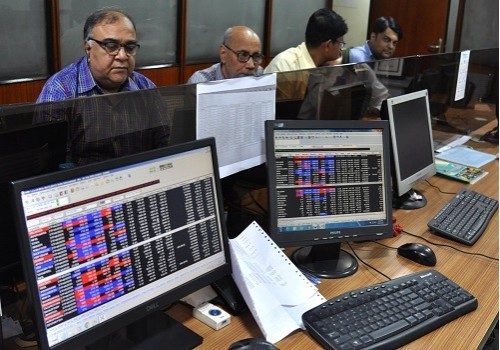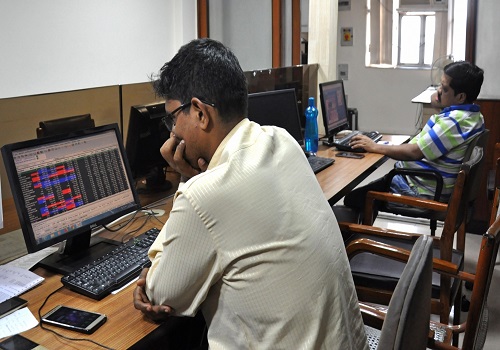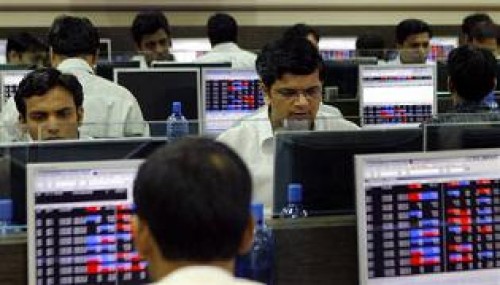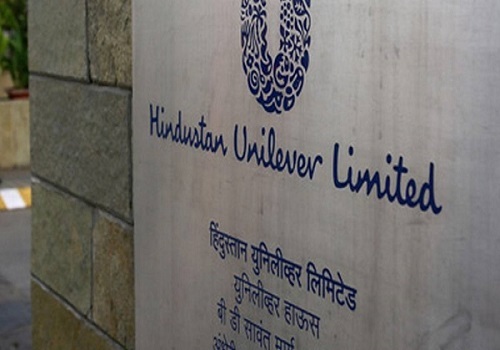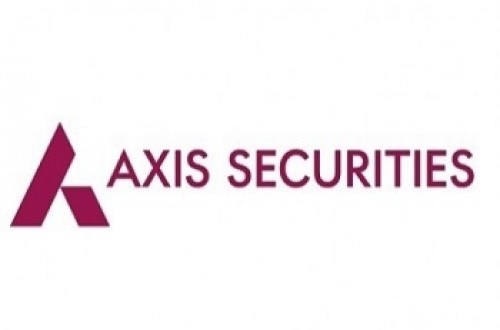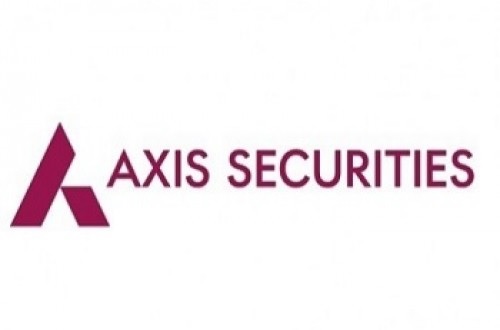Markets sign-off last trading session of CY ‘2021’ on high note

Follow us Now on Telegram ! Get daily 10 - 12 important updates on Business, Finance and Investment. Join our Telegram Channel
Indian equity benchmarks closed on a high note on Friday, the last trading session of calendar year 2021, led by gains in metal and consumer durables shares, even though concerns about the Omicron variant of coronavirus kept investors cautious globally. Markets started day on positive note and displayed a firm trend throughout the day, as traders got some encouragement with India Ratings and Research’s (Ind-Ra) statement that higher tax and non-tax revenue collections this fiscal are expected to more than offset the shortfall in disinvestment revenue, leading to the fiscal deficit coming in at 6.6 per cent of GDP in FY22, or 20 basis points lower than the budgeted target. Traders remained positive, as markets regulator Sebi extended the deadline till September 30 next year for the applicability of the tweaked reporting requirements for alternative investment funds (AIFs). Earlier, the deadline was December 31, 2021. Besides, a High-Level Committee chaired by Union Home Minister Amit Shah has approved Rs 3,063.21 crore of additional central assistance to six states under the National Disaster Response Fund.
Sentiments remained upbeat after India’s agricultural and processed food exports have grown at a steady pace in the last decade notwithstanding several logistical challenges faced in the global trade of the commodities. Exports of agricultural and processed food products under Agricultural and Processed Food Products Export Development Authority (APEDA) basket rose to $20,674 million (Rs 15,30,50 crore) during 2020-21, from $17,321 million (Rs 83,484 crore) in 2011-12. Meanwhile, the finance ministry has extended the benefit of reduced performance security of 3 percent for all central government tenders/contracts issued/concluded till March 31, 2023. According to the rules, a successful bidder awarded a government contract has to deposit a performance security of 5-10 per cent of the value of the contract with the government.
On the global front, Asian markets ended mostly higher on Friday, with early indications that the Omicron variant causes milder symptoms, traders seem optimistic the new strain will not derail the economic recovery. Some support also came after separate reports showed China's manufacturing activity continued to expand in December and service sector activity accelerated at a slightly faster pace in the month. Trading activity is also somewhat subdued as some traders looked to get a head start on New Year's festivities. European markets were trading mostly in red as surging Covid-19 infections around the world stoked worries over the pace of global economic recovery. Back home, on the sectoral front, textile stocks ended with solid gains after the GST Council put on hold a decision to hike the tax rate on textiles to 12 percent from 5 percent. A group of state finance ministers that is looking at GST rate rationalization, has been asked to look at the tax rate on textile.
Finally, the BSE Sensex rose 459.50 points or 0.80% to 58,253.82 and the CNX Nifty was up by 150.10 points or 0.87% to 17,354.05.
The BSE Sensex touched high and low of 58,409.30 and 57,846.52, respectively and there were 26 stocks advancing against 4 stocks declining on the index.
The broader indices ended in green; the BSE Mid cap index rose 1.38%, while Small cap index was up by 1.16%.
The top gaining sectoral indices on the BSE were Metal up by 2.10%, Consumer Durables up by 1.99%, Basic Materials up by 1.92%, Auto up by 1.73% and Telecom up by 1.72%, while there were no losing sectoral indices on the BSE.
The top gainers on the Sensex were Titan Company up by 3.50%, Ultratech Cement up by 2.62%, Kotak Mahindra Bank up by 2.36%, SBI up by 1.91% and Maruti Suzuki up by 1.86%. On the flip side, NTPC down by 1.97%, Tech Mahindra down by 0.56%, Power Grid Corporation down by 0.41% and Infosys down by 0.16% were the top losers.
Meanwhile, India Ratings and Research (Ind-Ra) in its latest report has said that higher tax and non-tax revenue collections this fiscal are expected to more than offset the shortfall in disinvestment revenue, leading to the fiscal deficit coming in at 6.6 per cent of GDP in FY22, or 20 basis points lower than the budgeted target. As per the agency, the data relating to the Union government finances show that tax collections so far have immensely benefitted both from growth and inflation. While the GDP growth is benefitting due to the lower base of last year, higher inflation (GDP deflator) has led to the economy registering higher nominal GDP growth and thus helping higher tax collections.
As per the report, the gross tax revenue collection in FY22 is expected to be Rs 5.9 trillion higher than the budgeted figure, with the share of corporation tax being 28.4 per cent, income tax 16.3 per cent, GST 14.7 per cent, custom duty 14.2 per cent, excise duty 22.4 per cent and others 3.9 per cent. As a result, the share of direct tax in the expected additional gross tax revenue collection works out to be 44.7 per cent and that of indirect tax 55.3 per cent. On the whole, the share of direct taxes in the gross tax revenue of FY22 is expected to increase to 48.9 per cent in FY22 from 45.8 per cent in FY21. Like tax revenue, even the non-tax revenue is expected to come in higher than the budgeted figure in FY22. Non-tax revenue is forecast to reach Rs 3.1 trillion in FY22 as against the budgeted Rs 2.4 trillion.
However, capital receipts are lagging and, despite growing 20.3 per cent YoY during April-October 2021, were only 10.5 per cent of the FY22 budgeted amount. If the first seven months of FY22 is an indication, then once again the disinvestment target of Rs 1.75 trillion will be missed by a big margin. Till October 2021, the total disinvestment proceeds have been just Rs 93.64 billion, which is only 5.4 per cent of the target. On the expenditure front, the Union government has brought in two supplementary demands for grants -- one for Rs 236.75 billion and the other one for Rs 2.992.43 billion after the presentation of general budget on February 1, 2021. This will lead to total expenditure commitments of Rs 38.1 trillion in FY22.
The CNX Nifty traded in a range of 17,400.80 and 17,238.50 and there was 45 stocks advancing against 5 stocks declining on the index.
The top gainers on Nifty were Hindalco up by 5.58%, Titan Company up by 3.29%, Ultratech Cement up by 2.78%, Tata Motors up by 2.64% and Kotak Mahindra Bank up by 2.42%. On the flip side, NTPC down by 1.97%, Cipla down by 0.91%, Tech Mahindra down by 0.44%, Power Grid Corporation down by 0.41% and SBI life Insurance down by 0.02% were the top losers.
European markets were trading mostly in red; UK’s FTSE 100 decreased 19.97 points or 0.27% to 7,383.04 and France’s CAC decreased 23.60 points or 0.33% to 7,149.63, while Germany’s DAX increased 32.61 points or 0.21% to 15,884.86.
Asian markets ended mostly higher on Friday in thin trade ahead of the New Year, while markets in Japan, South Korea, Indonesia, and Taiwan closed for holidays. Market sentiments improved further even as US stocks finished slightly lower overnight. Investor concerns about the omicron variant of corona-virus have eased in recent weeks after reports said it appears to cause less severe symptoms. Economic data from United States showing shat the number of Americans applying for unemployment benefits fell below 200,000, more evidence that the job market remains strong in the aftermath of last year’s coronavirus recession. Hong Kong shares led gains among major Asia-Pacific markets, with Chinese technology stocks in Hong Kong soaring. Moreover, Chinese shares gained after Chinese companies listed in the US posted biggest one-day surge since 2008. China’s factory activity saw an acceleration in growth during December, with the official manufacturing Purchasing Managers’ Index (PMI) coming in at 50.3 in December, up from 50.1 in November, data from the National Bureau of Statistics showed.
Above views are of the author and not of the website kindly read disclaimer










Tag News

Weekly Market Analysis : Markets strengthened recovery and gained nearly 2% in the passing w...
